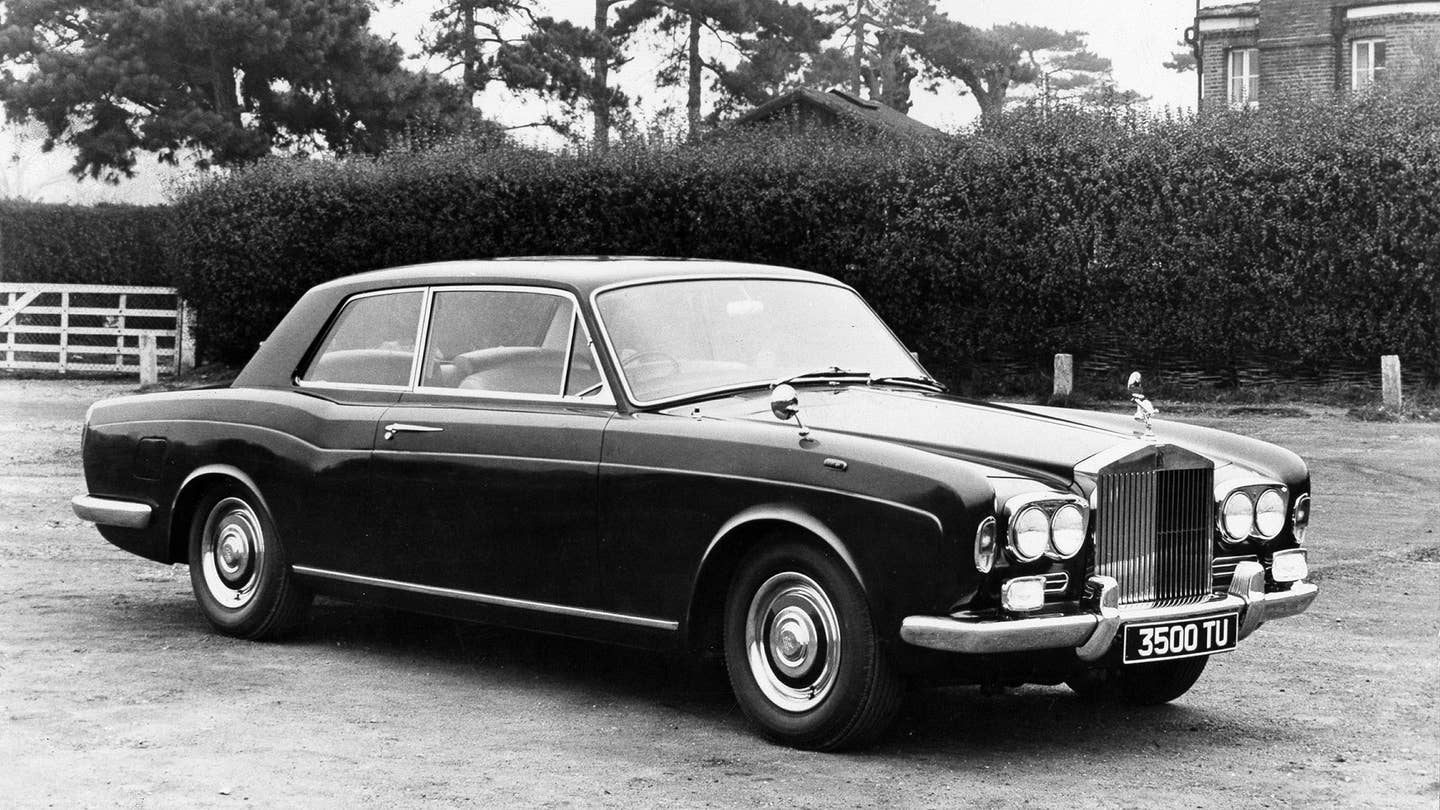6 Disastrous Car Names
Bad translations, unfortunate timing, and salacious slang: The Tata Zica hatchback isn’t the only one.

The Zika virus, currently causing birth defects in 20 countries, is no laughing matter. No surprise, then, that India’s Tata Motors is changing the name of its new Zica, a hatchback that’s being shown at the Auto Expo in New Delhi this week. It’s late in the game for a name change, for sure (a marketing campaign featuring footballer Lionel Messi has already been filmed), but Tata simply feels that Zica, an abbreviation of “Zippy car,” sounds too much like this huge global health concern. What should Tata now call this new model? While we mull the possibilities, let’s take a look at some other cars that have had name-related issues over the years.
Buick LaCrosse
Buick’s midsize LaCrosse sedan has been pleasing quiet comfort-seekers since 2004, the year this luxo front-driver made its debut. Problem was, in Quebec slang, “la crosse” means, ahem, self-love. Initially, GM moved to change the name of the car (to the Allure) in Canada. Now though, for some time, it’s been called the LaCrosse again in Canada, where the company has seen no negative effect on sales. “We do not believe that this is a concern that will impact customer acceptance of the new Buick LaCrosse,” one GM rep told Canada’s National Post. “Keep in mind that it has no negative impact in sports—lacrosse continues to thrive as a sport in Quebec.”
Chevrolet Nova
During the Seventies, you were a particularly cool kid if you knew that the Chevy Nova name, when broken down letter by letter, stood for Chevy Nova, Oldsmobile Omega, Pontiac Ventura and Buick Apollo, each a virtually identical GM model sharing the same rear-drive architecture. Cool enough. But the Nova name didn’t work in Mexico, or other Spanish-speaking countries. Why? It seems that “no va” means “it won’t go” in Spanish. In Latin America, the Nova was renamed the Caribe, and it was called the Corsa in Spain.
Mitsubishi Starion
This sporty rear-drive hatchback of the Eighties was a pretty fun car, especially in turbo form. But if you look up “Starion” in the dictionary, you’ll find squat; evidently, it’s a made-up name that blends “star” and “Orion.” But there’s another story that some insist is true: The Starion was supposed to be called the Stallion (an appropriate name, given its Colt sibling), but when Stallion was pronounced in Japanese accented English, the double L sounded like an R. As such, this Supra competitor came to the U.S. badged as the Starion from 1982 to 1989. Note the stallion logo appearing in the background of this early Starion commercial, below. Still think Mitsu meant to call it the Starion?

Studebaker Dictator
This car, built from 1927 to 1937 in South Bend, Indiana, was called the Dictator because Studebaker said it “dictated the standard.” Makes sense. The name also complemented Commander and President, the other Studebakers of the day. While we Americans knew of Mussolini at the time, the Dictator name apparently didn’t bother us. But for obvious diplomatic and sales reasons, all Dictators exported to European monarchies (and any British Empire countries) had their names changed to Director. As Hitler rose to power, Studebaker came to its senses and dropped the Dictator name for good. In retrospect, could there have been a worse name for a car? Maybe one.
Rolls-Royce Silver Shadow
In the Sixties, Rolls-Royce planned to introduce a new unit-body model called the Silver Mist. Those of you who speak German will know what “mist” means in Deutschland: manure, or animal droppings. Wisely, before production, the name was switched to Silver Shadow, which eventually became the best-selling Rolls of all time. Now that the company’s owned by BMW, we suspect that Silver Mist, as romantic as it sounds in English, has been forever shelved. Pity.
